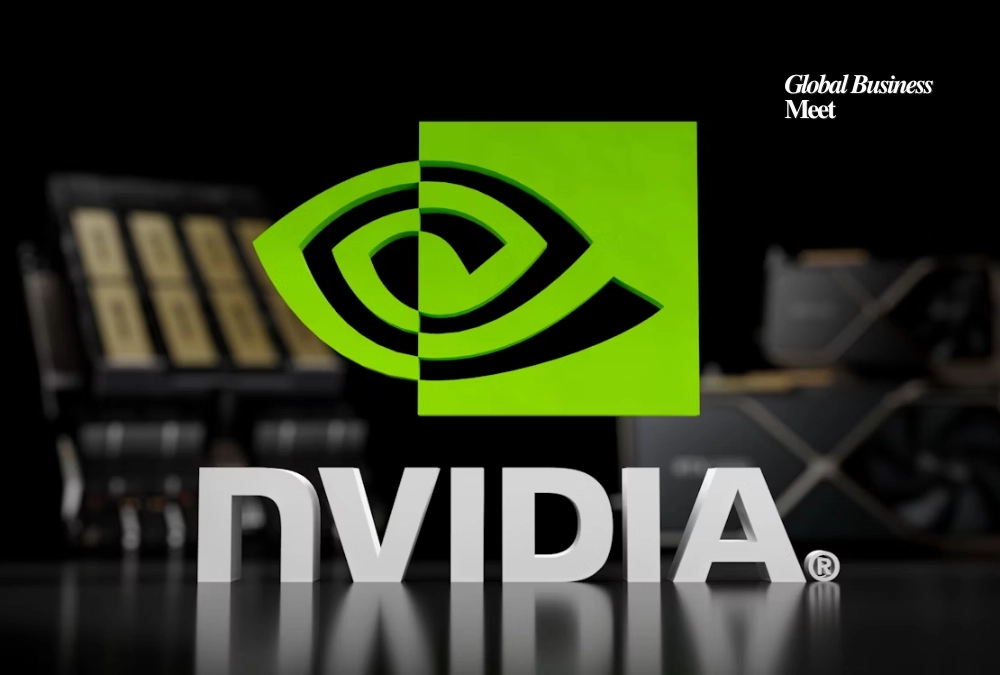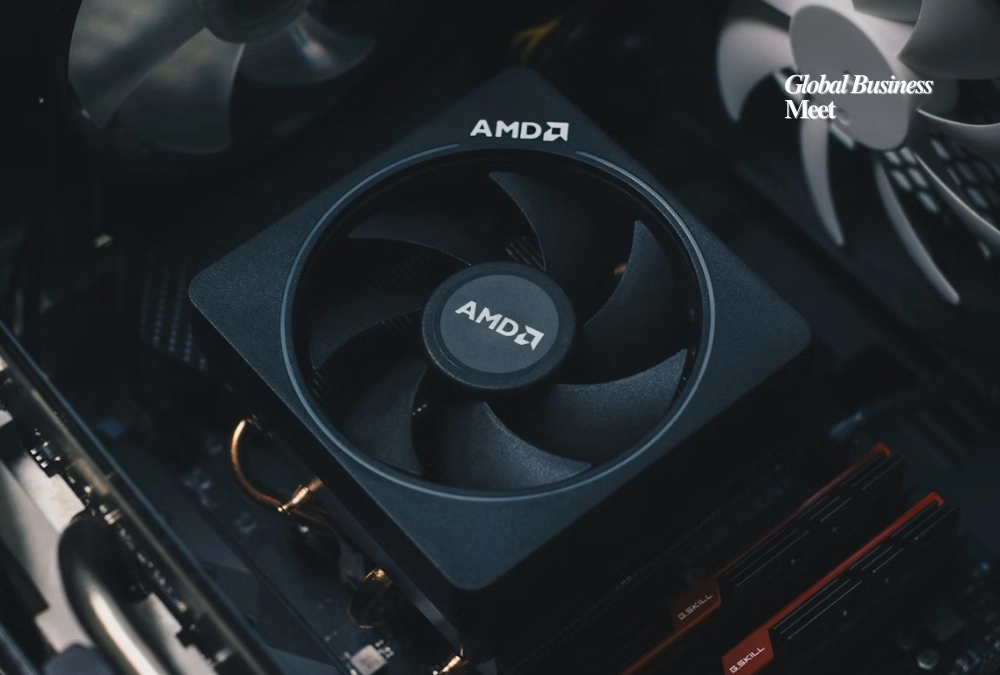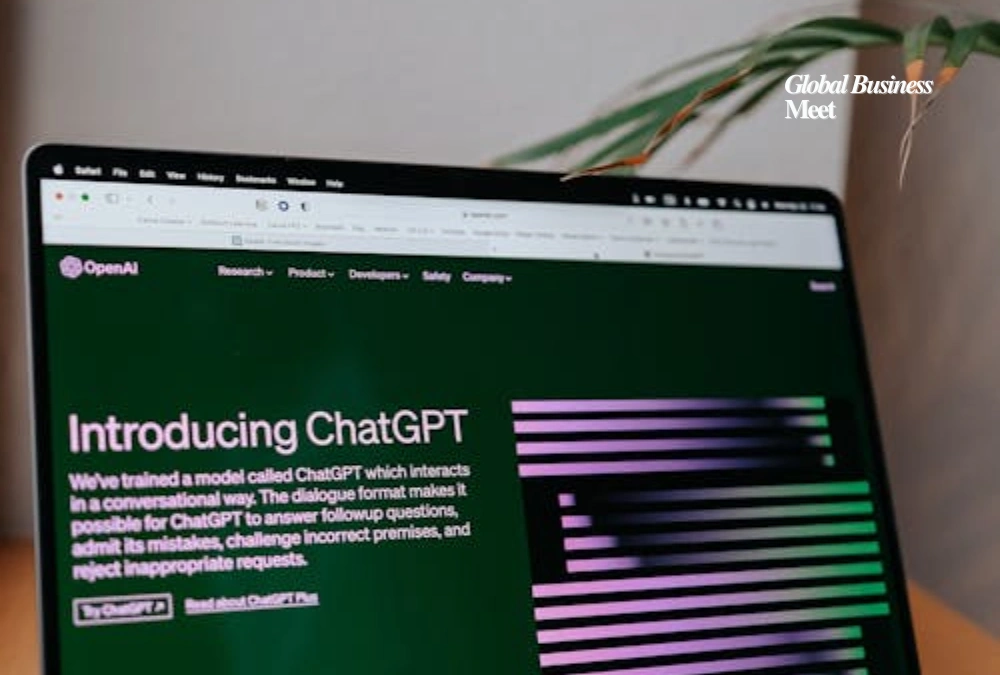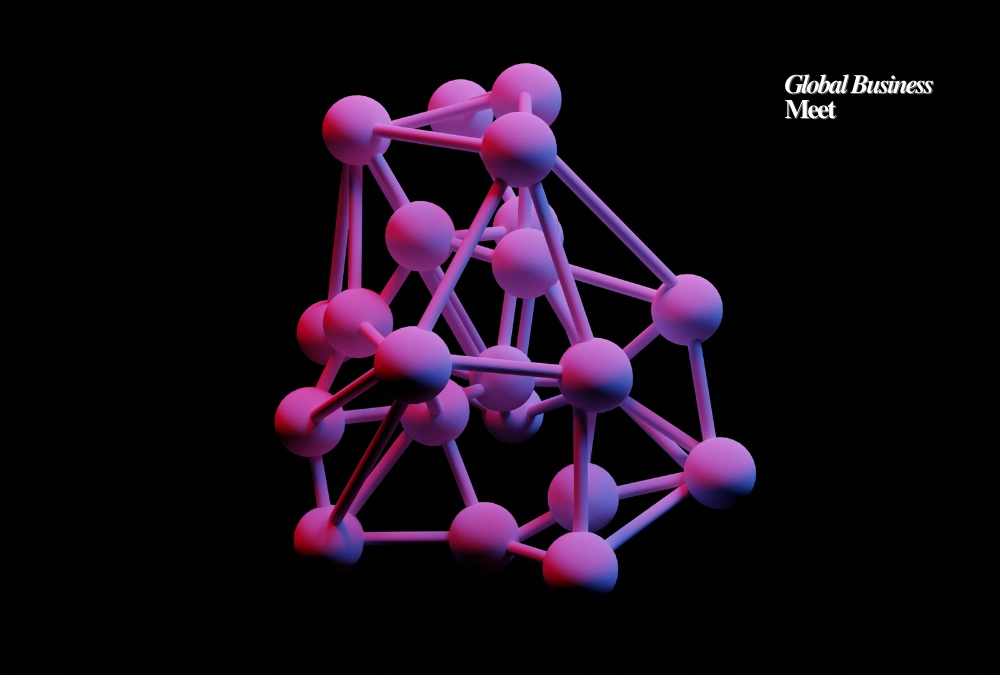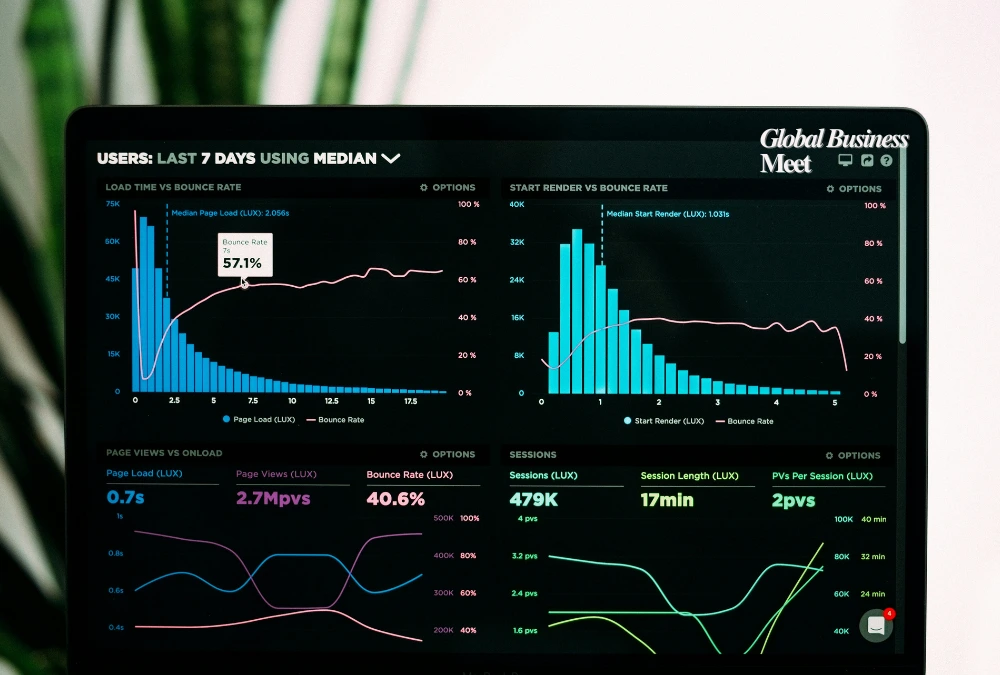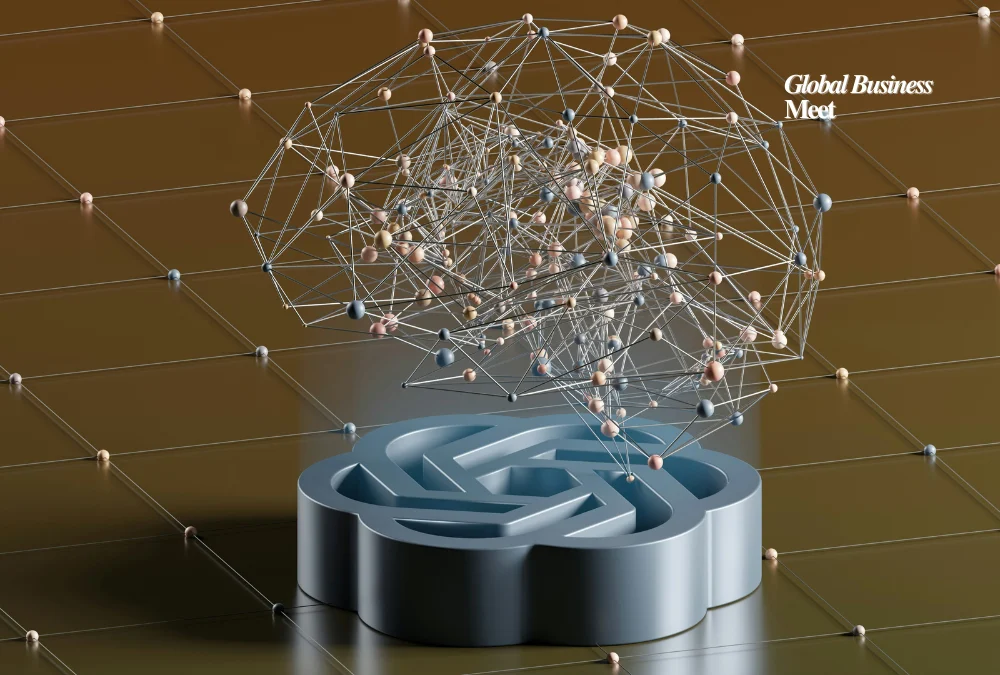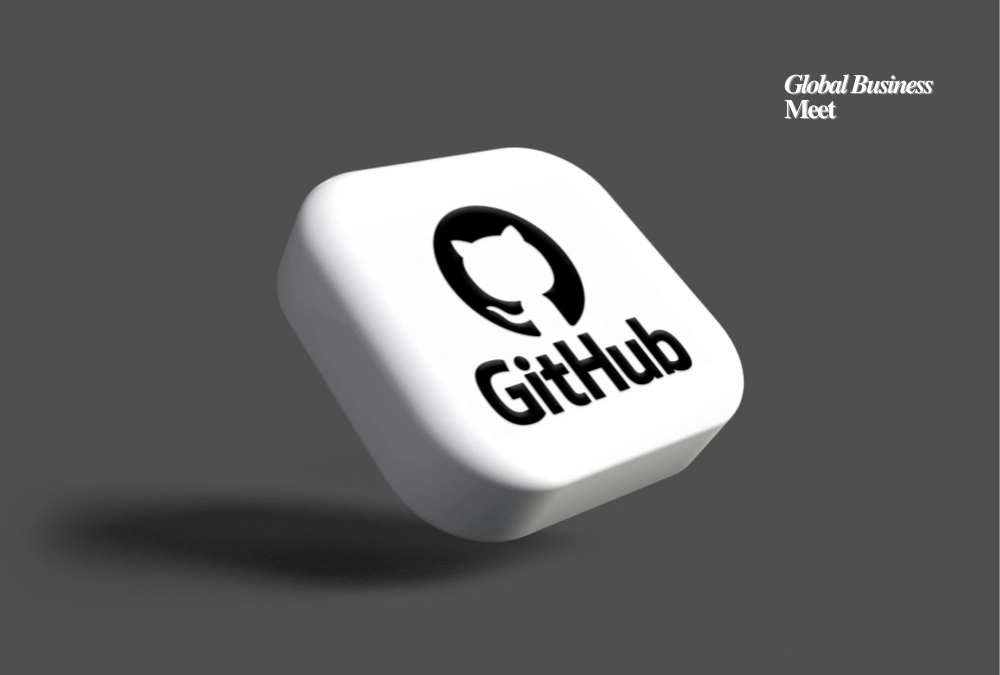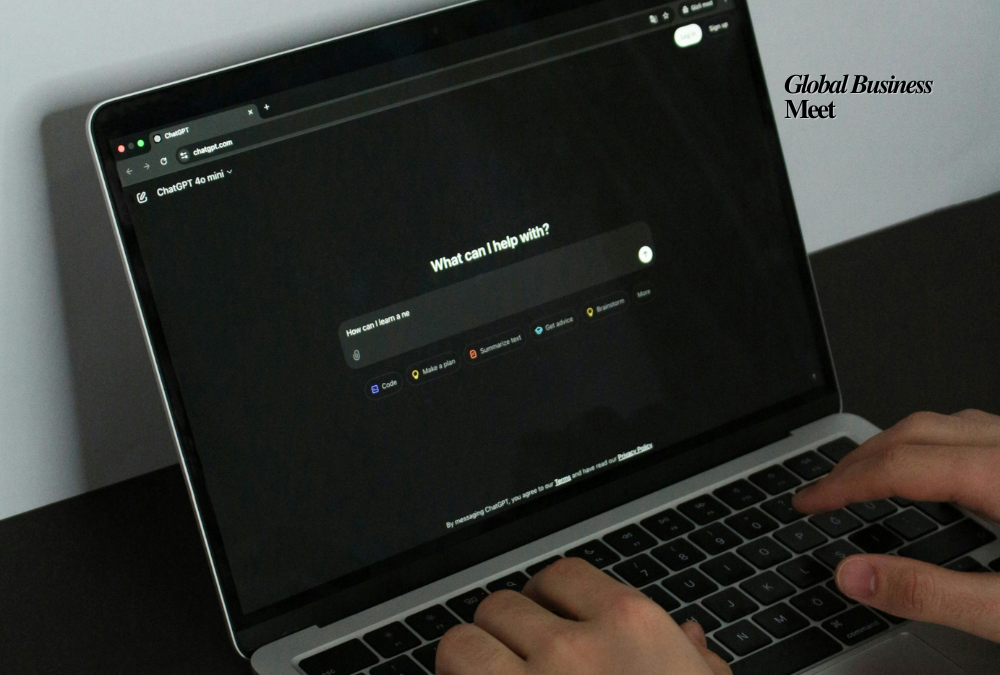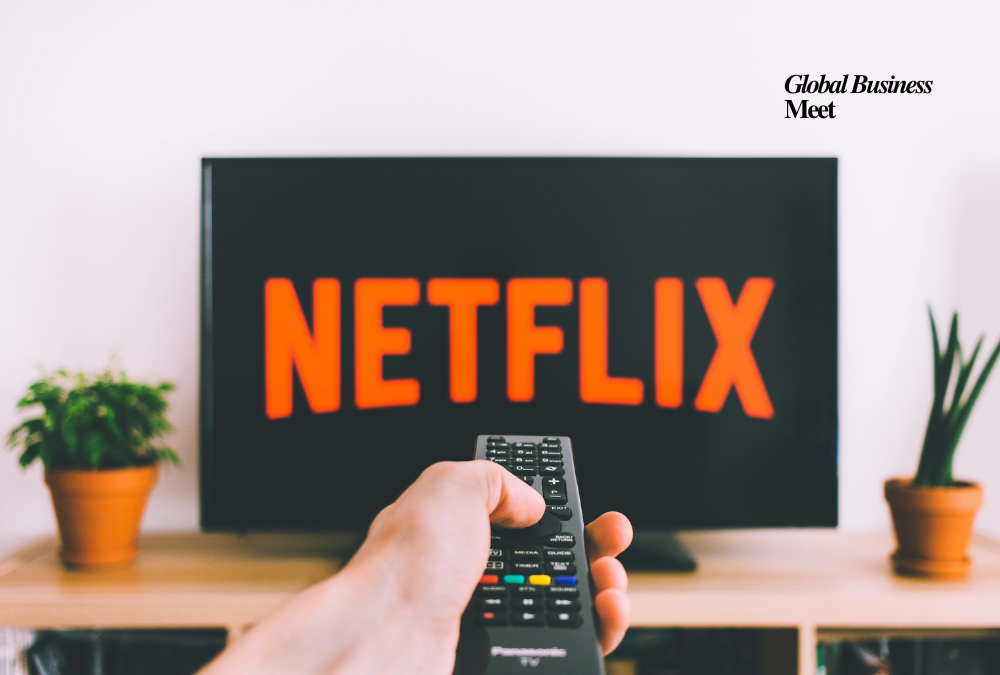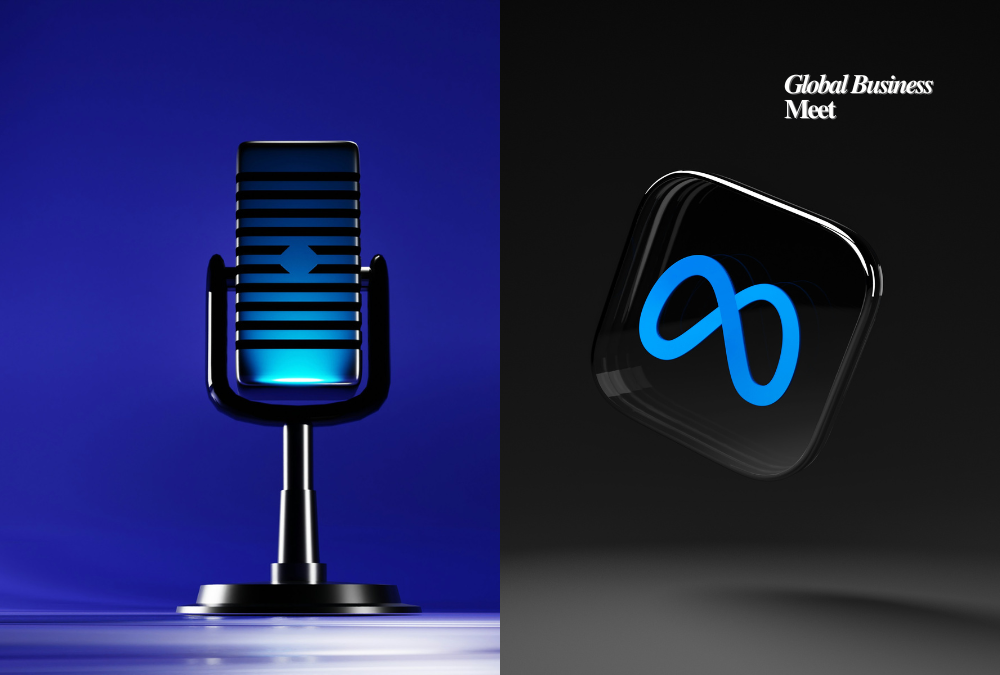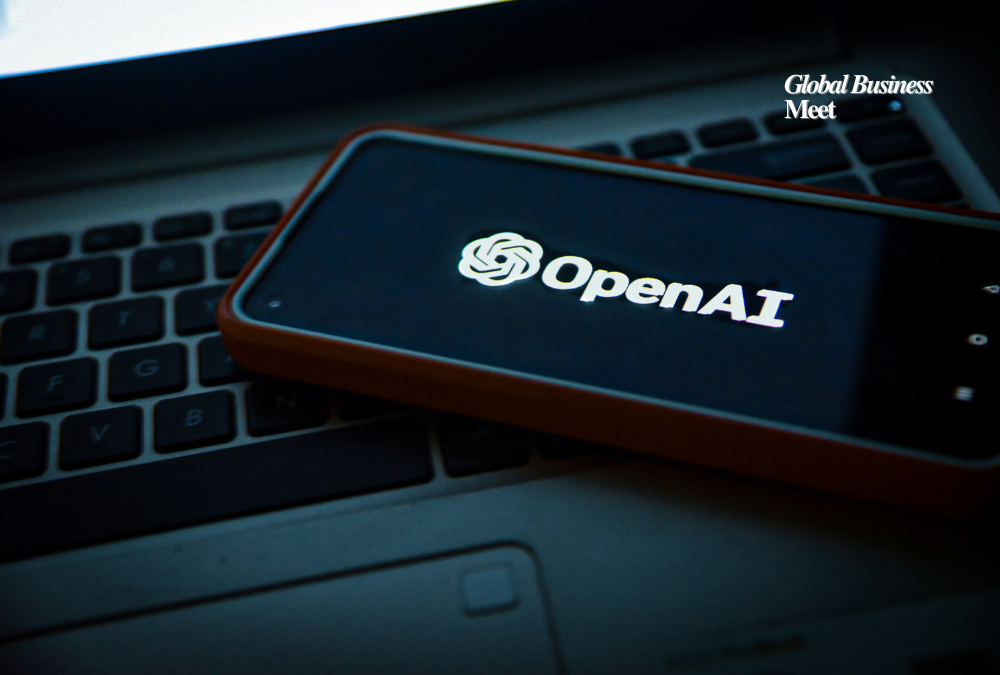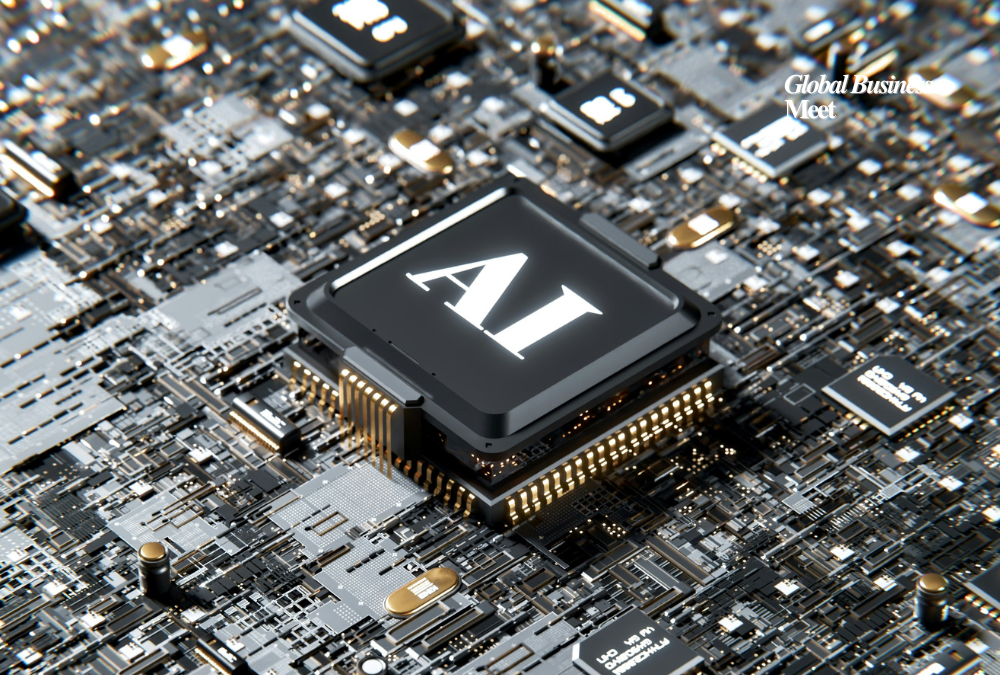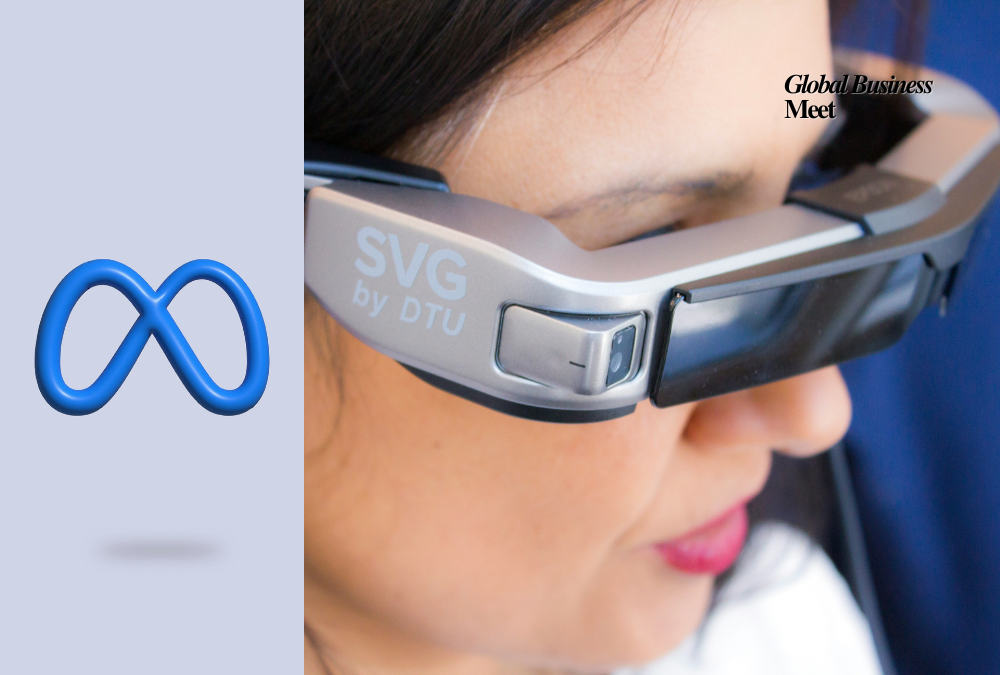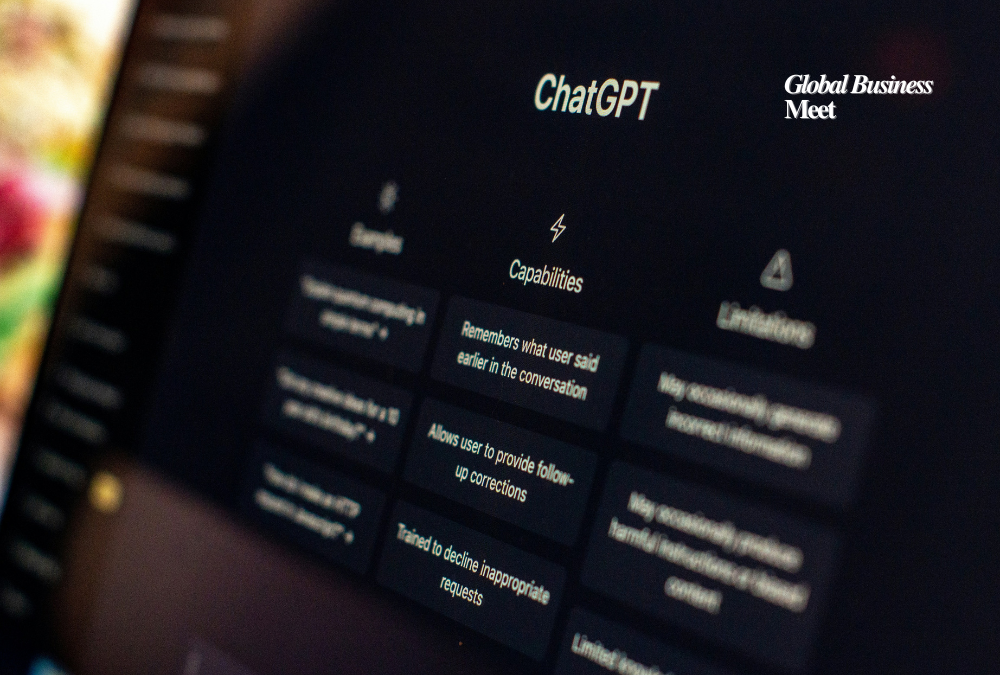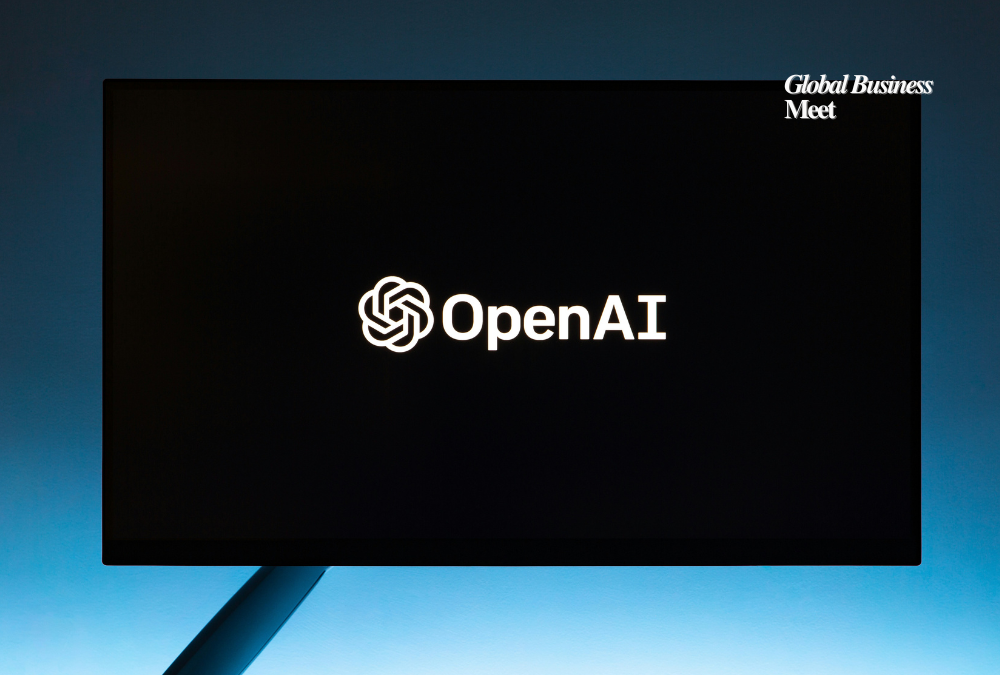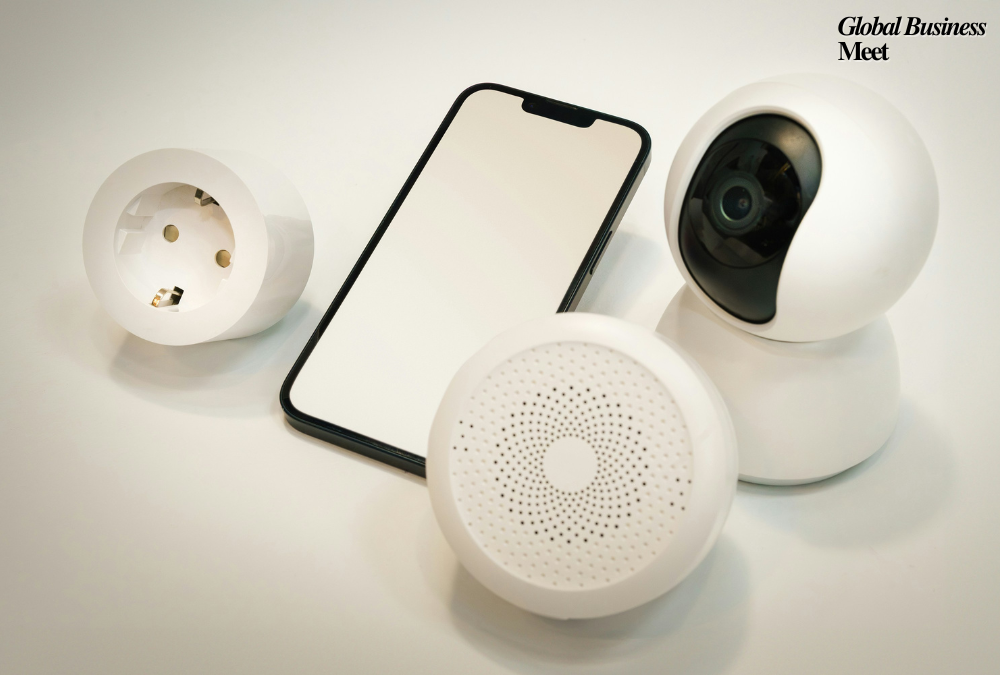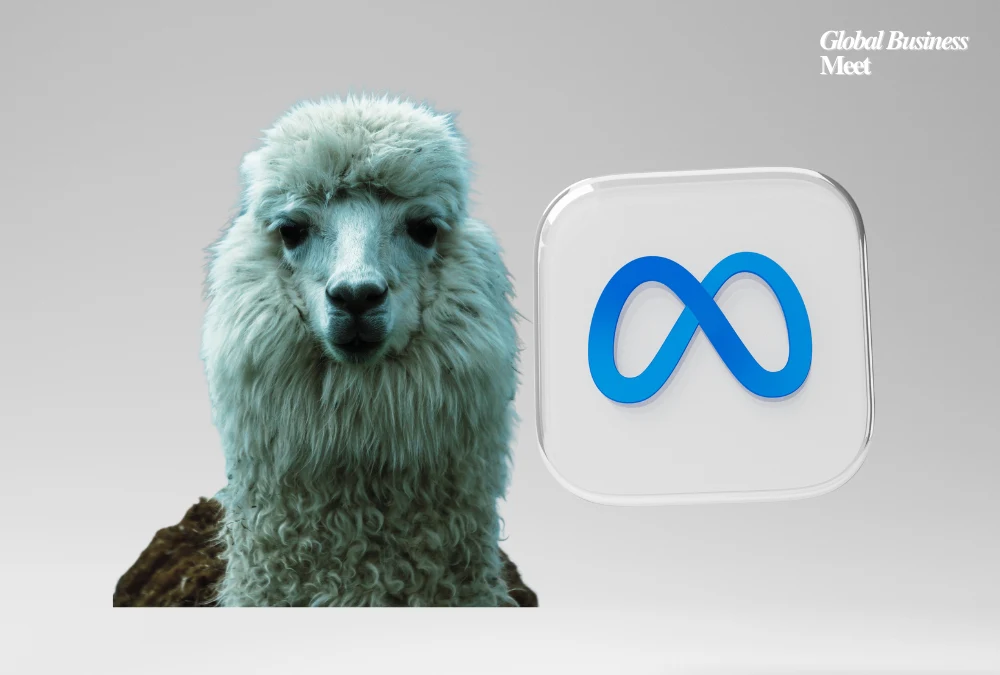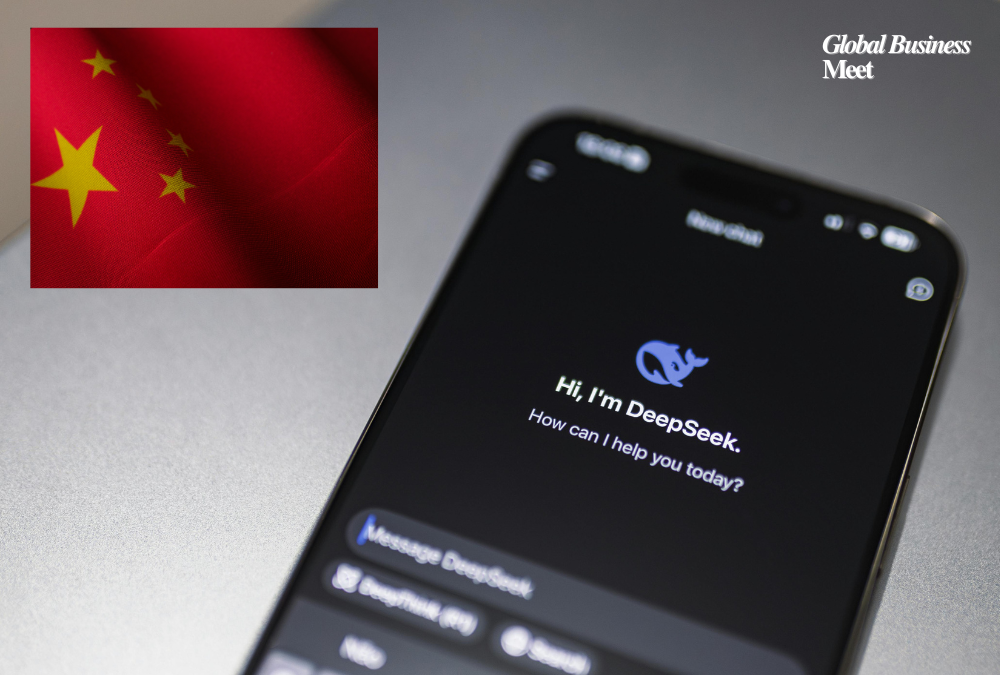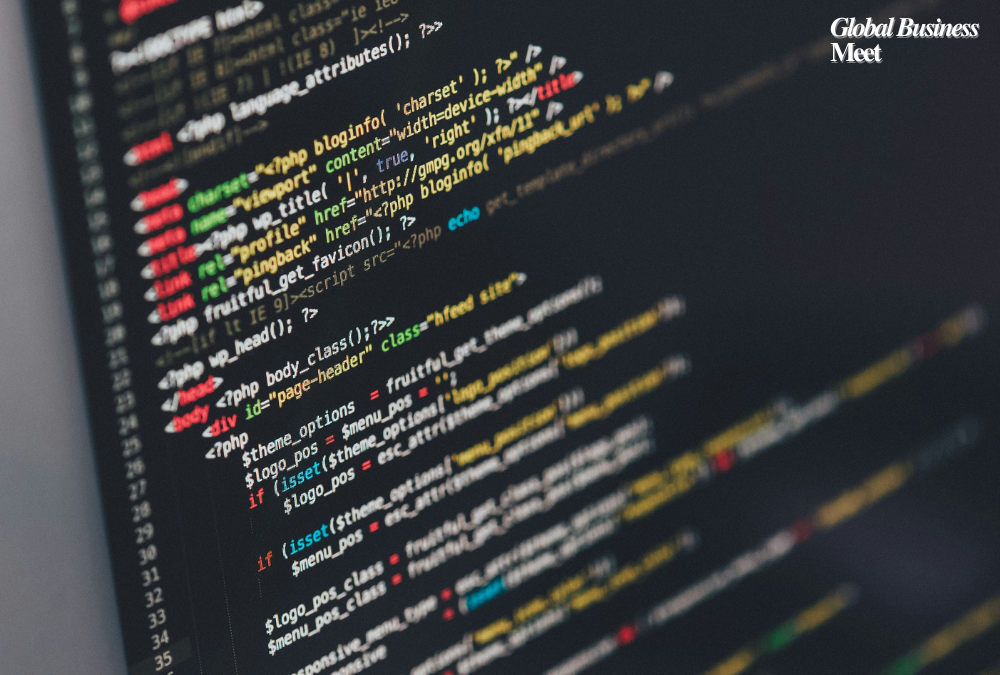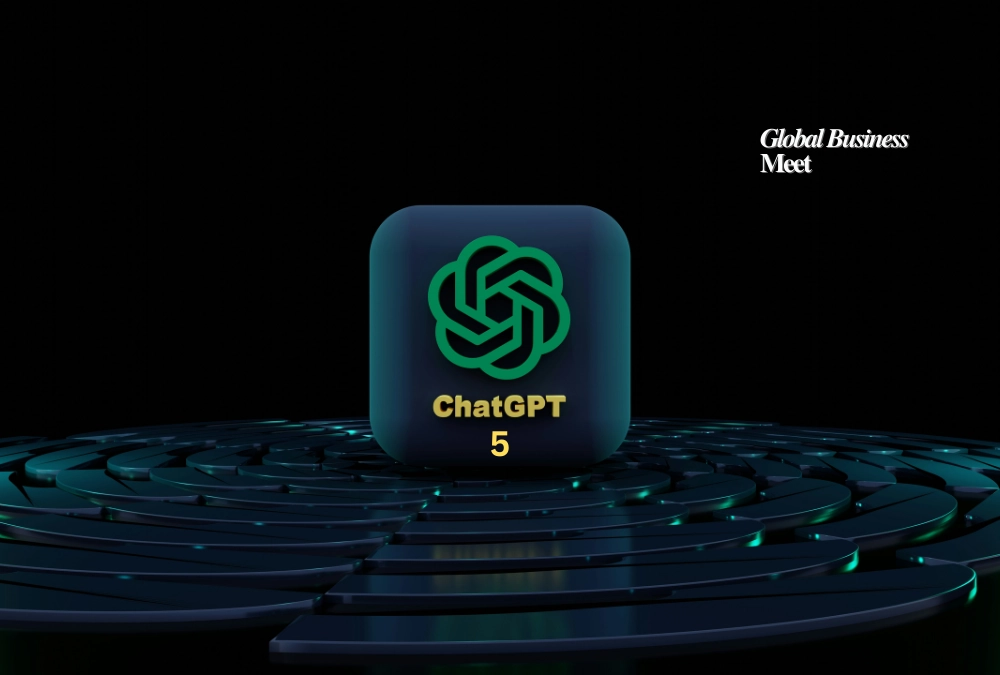
The current release of GPT-5 by OpenAI can be regarded as an essential development in terms of the AI race. With competitors, such as Google, Anthropic, Meta, and in-house challengers making headway with their products, OpenAI is making a considerable bet through GPT-5 that it is going to remain as powerful as ever and retain its leadership. As a technology with a strong focus on reasoning, practical functionality and enterprise integration, GPT-5 makes a ambitious claim that it will become the leader of the AI space as we shift focus toward this technology.
Integrated Design: Smart Thinking Smart Action AI
GPT-5 will be the first unifying attempt at an AI by OpenAI, and will unite two formerly disparate branches of its research: o-series (deep, step-by-step reasoning), and GPT-series (fast responses). The new architecture has introduced a real time router that dynamically determines whether to reply right away or invoke additional greater logic depending on the complexity of the query, the context or what has been specifically requested by the user.
This cleverly routed allows GPT-5 to approach everything conversational, to complex two part problems, such as designing a web site, debugging code, or writing a research report and do so without requiring manual mode switches. It is as though you are working with a professional assistant that is capable of knowing when to think critically and when to act promptly.
It is Smarter, Safer, More Useful
OpenAI underlines the applied usefulness of GPT-5 saying that it is more accurate and efficient than its predecessors and more aligned to the real-life missions. Even the early results indicate great improvement in three high-demanded areas such as coding, writing, and healthcare.
Coding: People like how GPT-5 is able to write smooth, debugged frontend and backend code, in a single prompt, with a sense of design aesthetics such as UI lay out and spacing.
Writing: The model can generate more understandable and more telling prose, to allow its users to compose interesting stories, speeches, or any other type of creative texts.
Healthcare: GPT-5 is shown to experience better reasoning and factual accuracy, in health-related tasks, to the extent of anticipating red flags and proposing less risky outcomes proactively.
These upgrades do not only represent technical advancements but also indicate a focus on practical durability in particular, since enterprise customers require solidity over innovation the most.
Broad Access- the complete ChatGPT Ecosystem
According to its broader mission to universalize benefits of AI, OpenAI has opened access to GPT-5 to all of its user tiers:
There is access restriction of free users up to a set limit, which is aimed to increase acquaintance and application of democratic means.
The subscribers of Plus have increased usage tiers.
Pro users have priority access as well as the Pro version GPT-5 with extended-reasoning.
GPT-5 can be used by the developers through APIs to make their integrations.
The inclusive rollout seeks to strike the right balance between availability and performance: it does not exclude mainstream and professional use, but remains at scale.
India: Highly Developing Strategic Market
India is the second largest market of OpenAI. The CEO of OpenAI, Sam Altman, recognized that the nation has quickly embraced AI and developed with it creatively, that it may surpass the U.S. shortly in the market size and innovations. There is a local partnership where OpenAI is trying to find ways of making AI cheaper and culturally digestible, which will lead to better Indian language and Indian way of work support. Low-resource versions such as GPT-5-mini and nano could also be useful to support low-resource settings to increase accessibility.
Managing in a busy, competitive marketplace
The GPT-5 is coming at a time of an arms-race over generative-AI. Competition like:
The Google Gemini 2.5 Pro is celebrated to be in high multimedia and interpretation of videos;
Claude Opus 4.1, developed by the Anthropic company, and preferred by developers when working on prolonging the code, etc.
DeepSeek, an Asian low-cost, efficient substitute,
All are reducing the performance difference. The release of GPT-5 is a strategic step to gain some decisive advantage as the promoters promise a high speed and reasoning capability with universal applicability in one product, therefore strengthening the advantage of OpenAI.
Initial Response and Objections Late Reactions and Objections
Early adopters and testers have applauded GPT-5 over its intelligence and capability, although such sentiment is not entirely complimentary. Early users said they were dumber and OpenAI had to go back into routing logic and allow access to older models like GPT-4o. One of the fundamental conflicts brought out in the experience is the novelty and the convenience of the user.
GPT-5 is the most competent in the benchmarks of industrial standards in reasoning, coding, healthcare, and visual understanding, although there are still several competitors more efficient in social understanding or subtle reasoning difficulties. This combination of technical excellence and real world dynamics of preference shows a lot more about user loyalty and familiarity being essentially just as important as raw ability.
Inflection Point of the AI Industry
The introduction of GPT-5 is also the result of wider shifts in the AI market:
Increasing unease over the so-called diminishing returns in AI scaling is confirming that improved increments soon will run against inherent limits.
More regulation and the need to disclose practices are echoed where AI systems become influential.
A shift to the enterprise monetization, in which stability and automation of the tasks would be of relatively greater importance than sexiness.
The concerted effort behind GPT-5 and other products led by OpenAI is the desire to both push the field as fast as possible and also make a practical difference.

